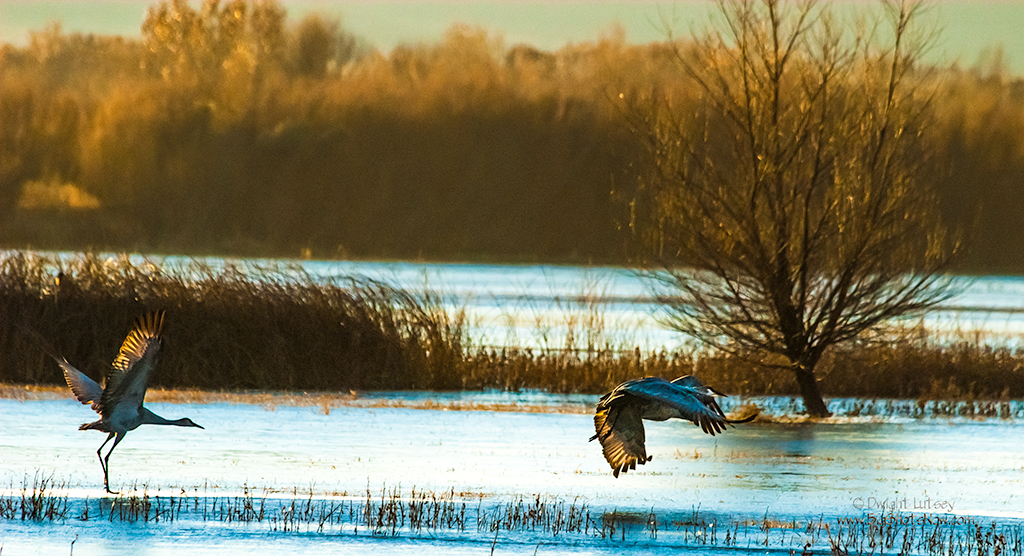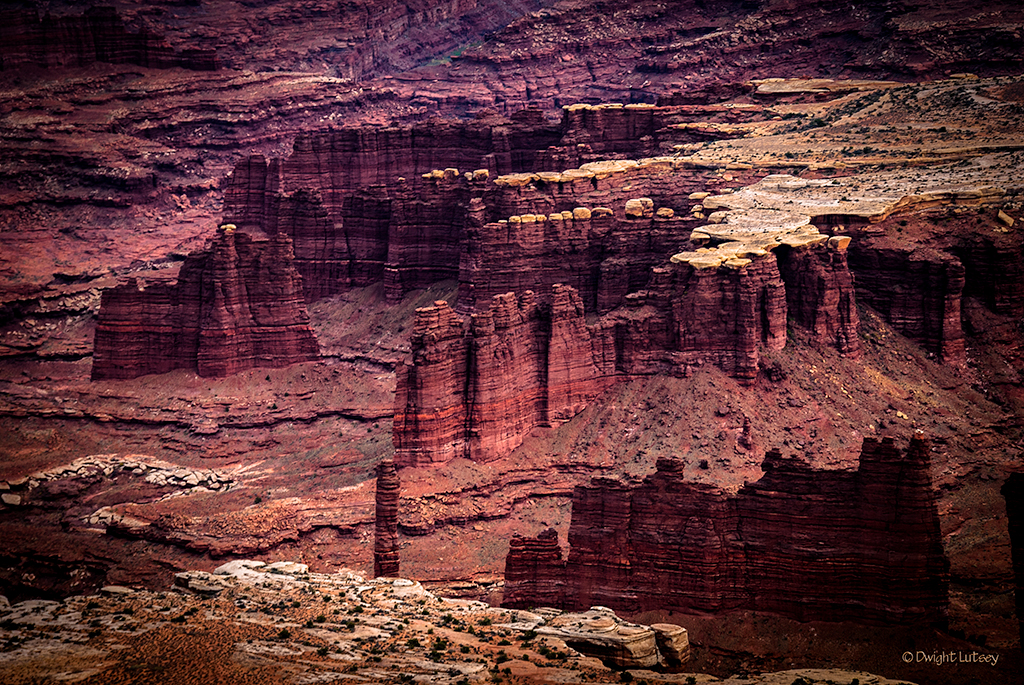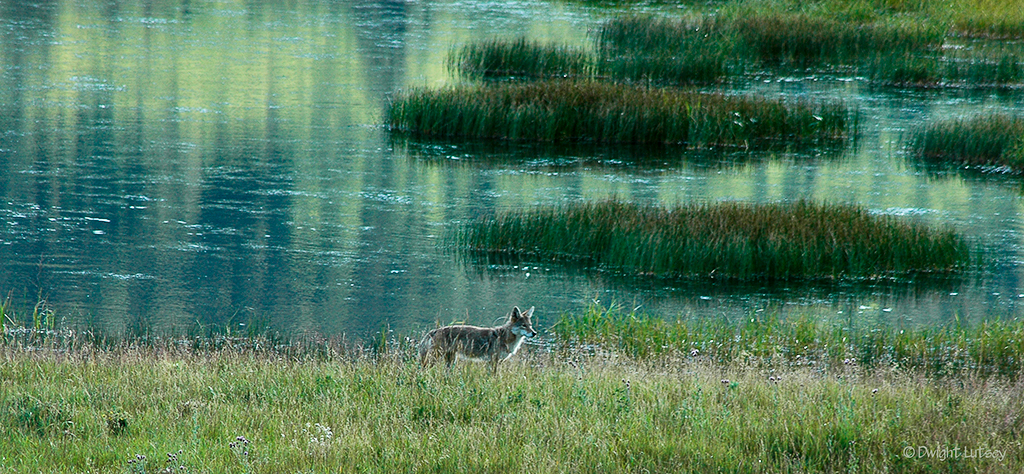It has been said that if an artist has real talent they will often have an aura about them that extends outward from his presence. This aura extends out to a distance that corresponds to the artists talent. The more accomplished the artist the further out his influence or aura spreads. Leonardo Da Vinci had an aura that went out approximately 1130 miles. This would be a radius not a diameter. This aura will leave its influence on anything that it touches. This is why some of those old European towns like Venice and Florence look the way they do. Leo walked down their streets.
There are many of those old retired painters of the Renaissance, Leo, Michelangelo, Raphael, Titian, Giorgione and many others. Most of these painters have made their money and are no longer painting. What many people don’t know is that all of these artists traveled extensively looking for inspiration, seeing the sights, trying to find new colors that they could incorporate into their work and generally taking advantage of frequent sailing miles they had built up in their travels.
Of course everywhere they went they left their indelible mark on the landscape. Giorgione was a frequent traveler to the New World and one of his favorite spots was to hit Bosque del Apache whenever he was in the neighborhood. Since passport control was fairly lax at that time, there aren’t many records left that document exactly where in his travels he visited, but there is one telltale method that can be used to determine where he has been.
That would be an aura check. Each of the artists had a distinct and identifiable aura once you learned how to identify them. Rembrandt and Michelangelo both leaned heavily into the Chiaroscuro style which was very heavy influenced by extreme contrast and heavy use of brighter colors, gold, silver, etc, which is why if you walk by the coliseum you will see part of it in bright golden sunshine and the other side of it in deep shadows. That’s the Michelangelo effect. Giorgione liked a lighter more open palette, lots of soft backgrounds, muted shades, not so much contrast, earth tones, and highlighting the primary subject in his painting.
Since the last undocumented visit by Giorgione was roughly March 18, 1510, which was a Friday, his aura is beginning to fade a little. While when it was new, you couldn’t even walk in Bosque without tripping over his aura. Now not so much. But every once in a while when you least expect it the landscape will explode into his palette that had been imprinted onto the landscape when he was here as if he stood right beside you. That is exactly what happened when this image was made. Prior to taking the photo the landscape had been drab and uninteresting, almost boring. Then the sun came over the rise and activated the Giorgione aura and you can see the result. Soft muted colors, perfect earth tones, it’s all there. What a joy to be able to see and bask in the reflection of such talent, let alone document these events. We heard that Michelangelo had visited the Grand Canyon so we’re off to see what effects his aura has had on that masterpiece. We’ll try and post that visit later.




You must be logged in to post a comment.